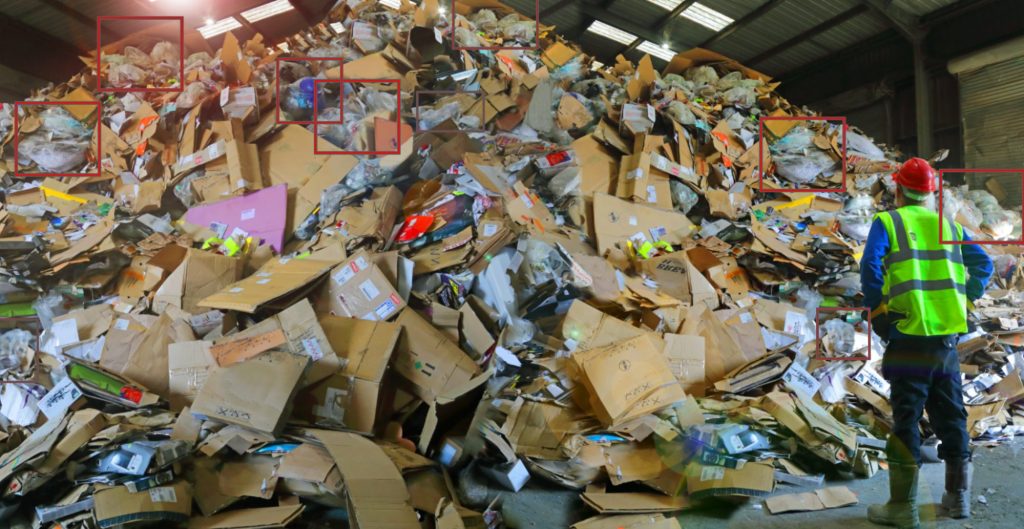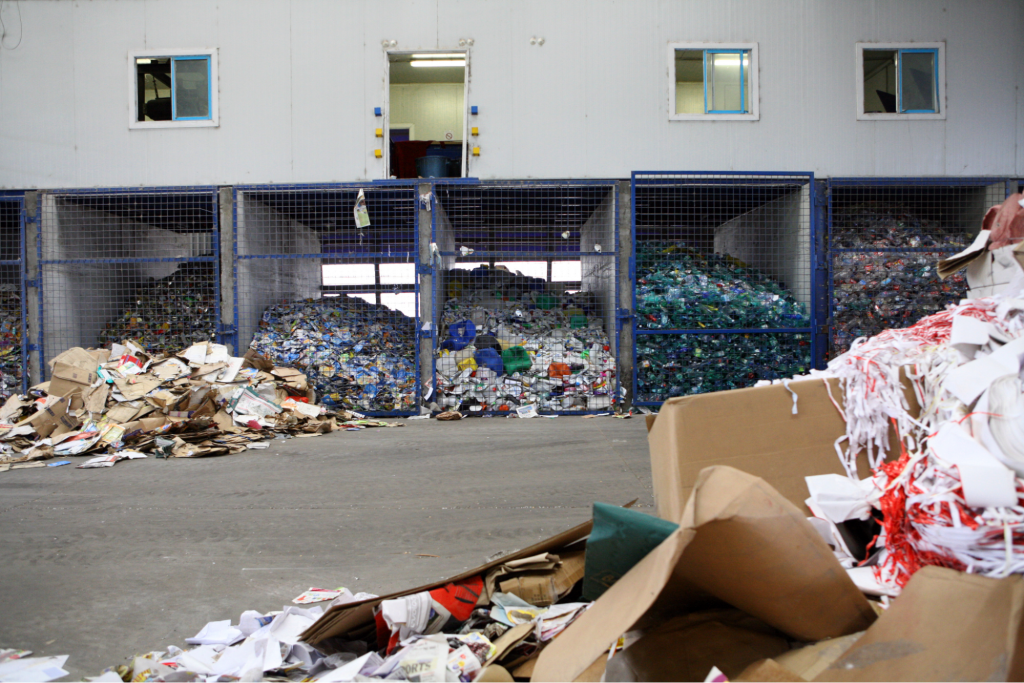

Every year we generate globally 2 billion tonnes of waste and WorldBank forecast that this number could rise up to 3.4 billion tonnes in 2050. To transform this matter into valuable we need to tackle the problem of efficient recycling. The recycling process is composed of multiple steps from waste collection to material transformation, however the most difficult is sorting or recognizing value in a waste mix. At WasteFlow we are developing a Saas for recycling facilities to help them optimize their recycling process by understanding waste mix at different steps of the recycling process.
At the entry and at the exit of sorting facilities waste is placed in cells. The challenge at the entry point is to identify and determine the presence of valuable waste, as well as accurately measure its mass, from the continuous deposition of material by human operators. On the other hand, at the exit, after the waste is sorted, our goal is to ensure that the material being deposited in the cell has a high purity level of at least 90%. Additionally, we aim to recognize stranger material and simultaneously assess the overall mass of the sorted material.
Through this project, you will be developing a solution for a real-world application that will be used in the future within WasteFlow service and will help optimize recycling.
The project aims to implement a resilient software stack for object detection, utilizing cutting-edge methods that deliver real-time results. The solution will need to address various vision challenges, such as illumination variations or material overlapping, and demonstrate high performance across diverse material types. The project can be divided into two distinct sub-projects that can be approached either independently or in combination:
- Waste Type Detection and Recognition: This sub-project focuses on developing methods to detect and classify different types of waste accurately. The goal is to identify the specific category or class to which each waste item belongs.
- Waste Mass Detection and Recognition: This sub-project involves creating techniques to estimate and recognize the mass or weight of the detected waste items. The objective is to accurately measure the weight of the waste material for further analysis or processing.
The work will be done in collaboration with a member of WasteFlow team and a research supervisor at CVLAB.
Key Domains:
- Deep Learning
- Object detection
- Recycling
Prerequisite:
- Proficiency in Python
- Basics of Computer Vision and Machine Learning with experience in Pytorch or similar libraries
Contact
- Valentin Ibars @ WasteFlow – [email protected]
- Mathieu Salzmann @ CVLab – [email protected]